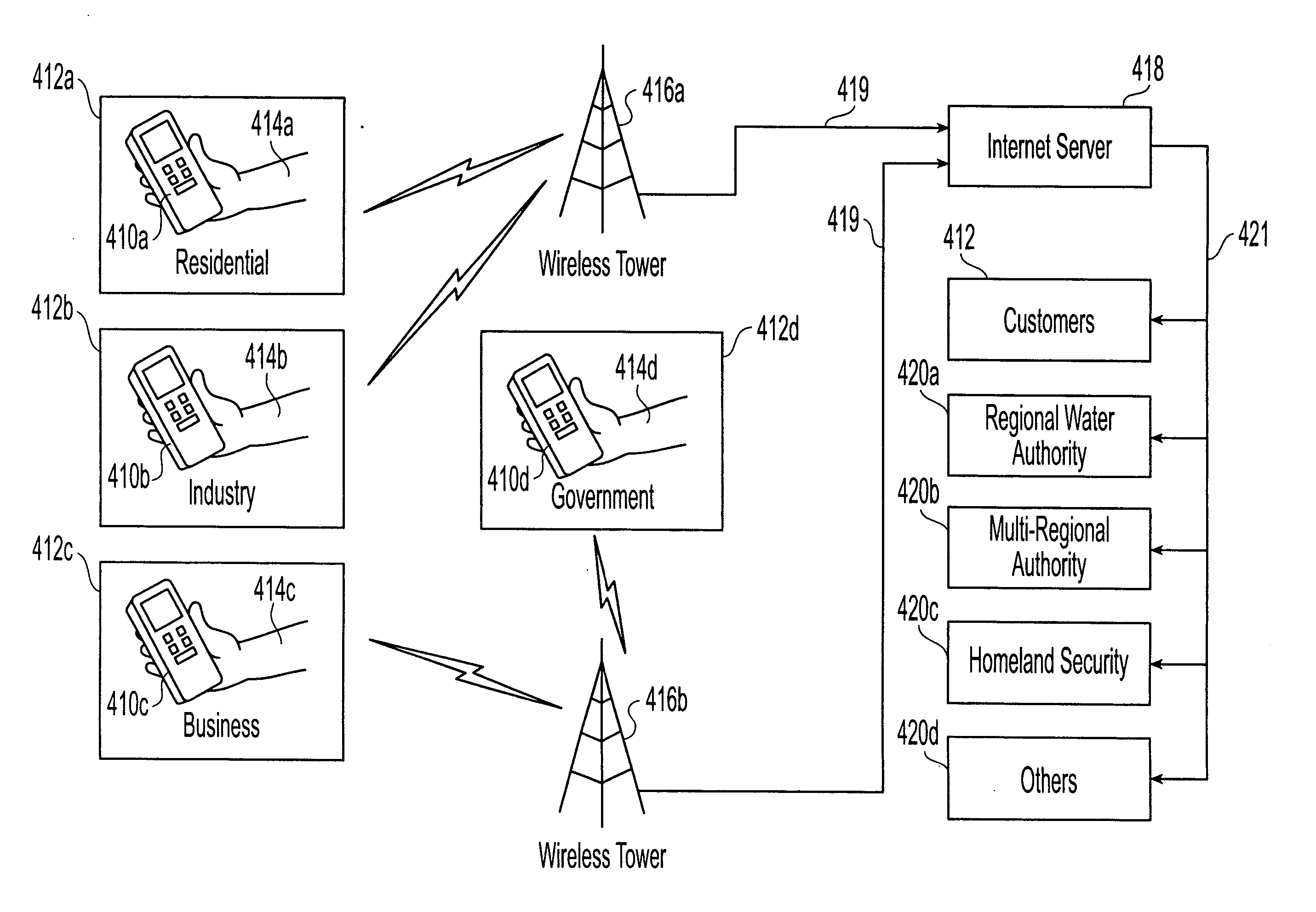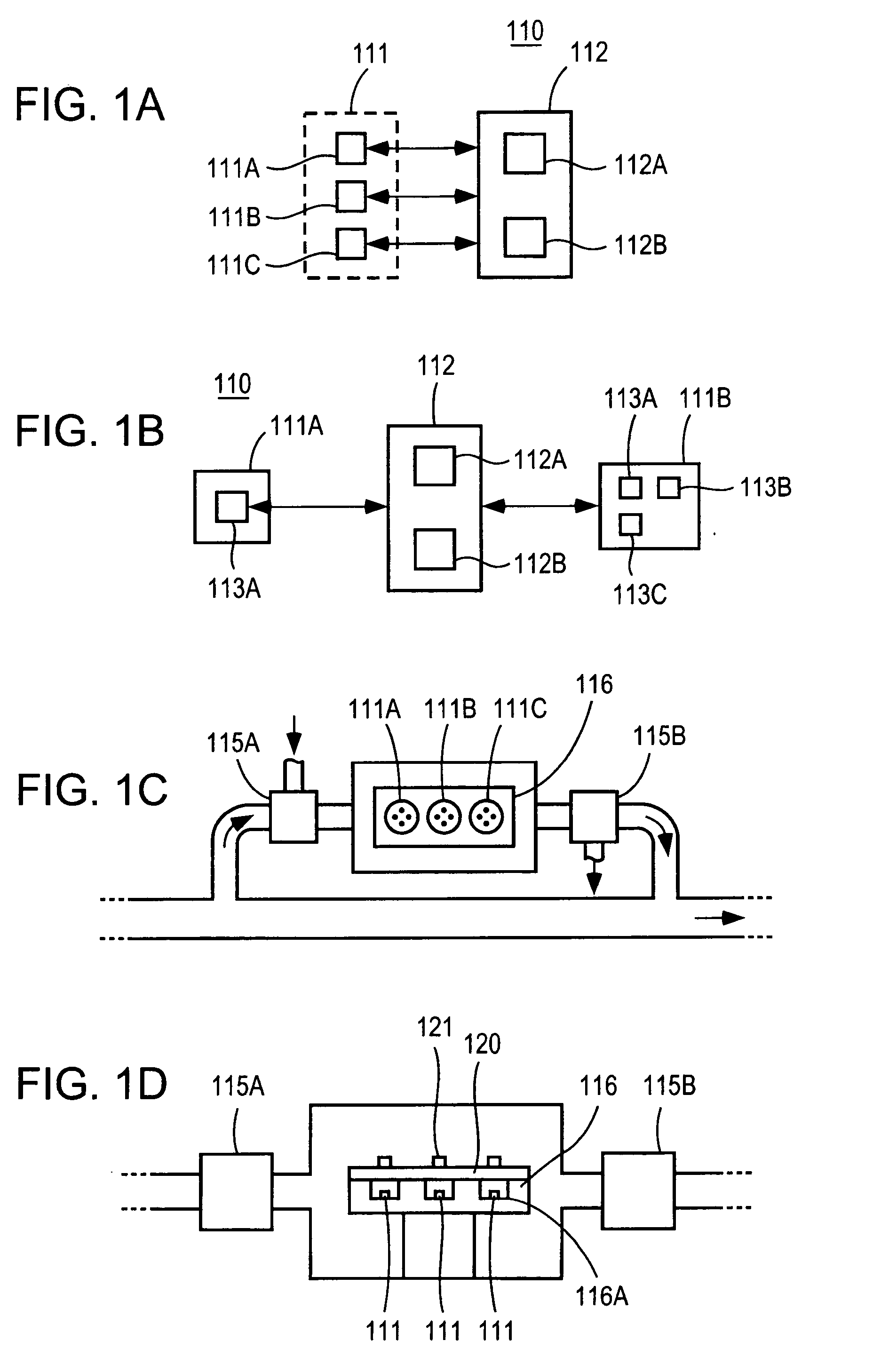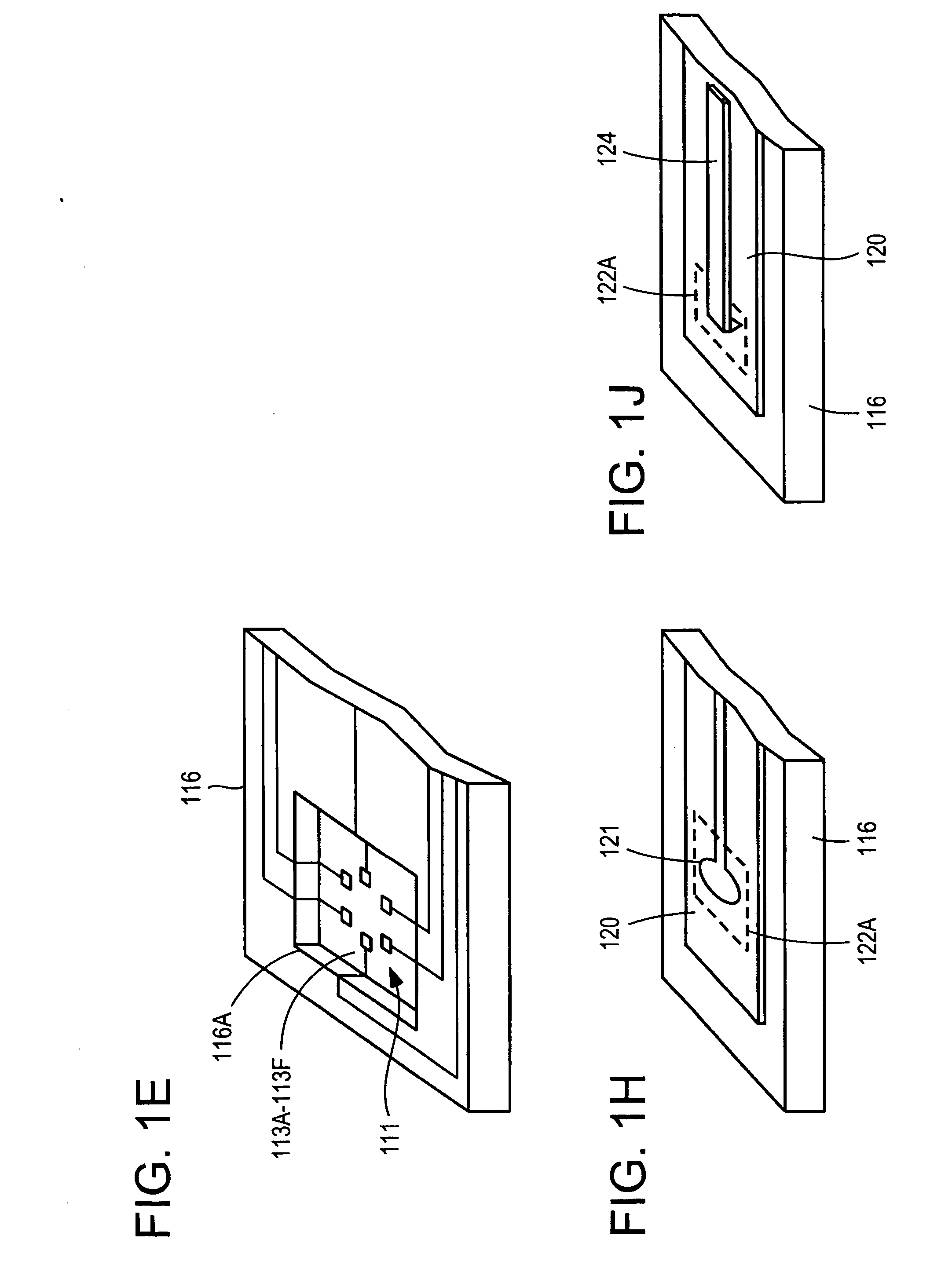Systems and methods for fluid quality monitoring using portable sensors in connection with supply and service entities
- Summary
- Abstract
- Description
- Claims
- Application Information
AI Technical Summary
Benefits of technology
Problems solved by technology
Method used
Image
Examples
Embodiment Construction
[0031] For purposes of this document, the following should be understood. The term “water quality” generally relates to measures of various aspects of water or other fluids and fluids that tend to indicate the usefulness of or danger posed by a fluid including but not limited to the measure of various chemicals, chemical profiles, presence of biological agents and / or life forms, toxins, other organic and inorganic contaminants, and particulates, etc. For instance, although water distribution systems are a focus of several embodiments of the present invention, it is also possible that aspects of the present invention can be applied to monitor any fluid (gas or liquid) including those present in a distribution system, reservoir or feed source in need of monitoring. The term “confirm” should be understood to mean that additional evidence or support by another indication has been determined based on additional information, which can be of the same or a distinct type relative to the data...
PUM
 Login to View More
Login to View More Abstract
Description
Claims
Application Information
 Login to View More
Login to View More - R&D Engineer
- R&D Manager
- IP Professional
- Industry Leading Data Capabilities
- Powerful AI technology
- Patent DNA Extraction
Browse by: Latest US Patents, China's latest patents, Technical Efficacy Thesaurus, Application Domain, Technology Topic, Popular Technical Reports.
© 2024 PatSnap. All rights reserved.Legal|Privacy policy|Modern Slavery Act Transparency Statement|Sitemap|About US| Contact US: help@patsnap.com










